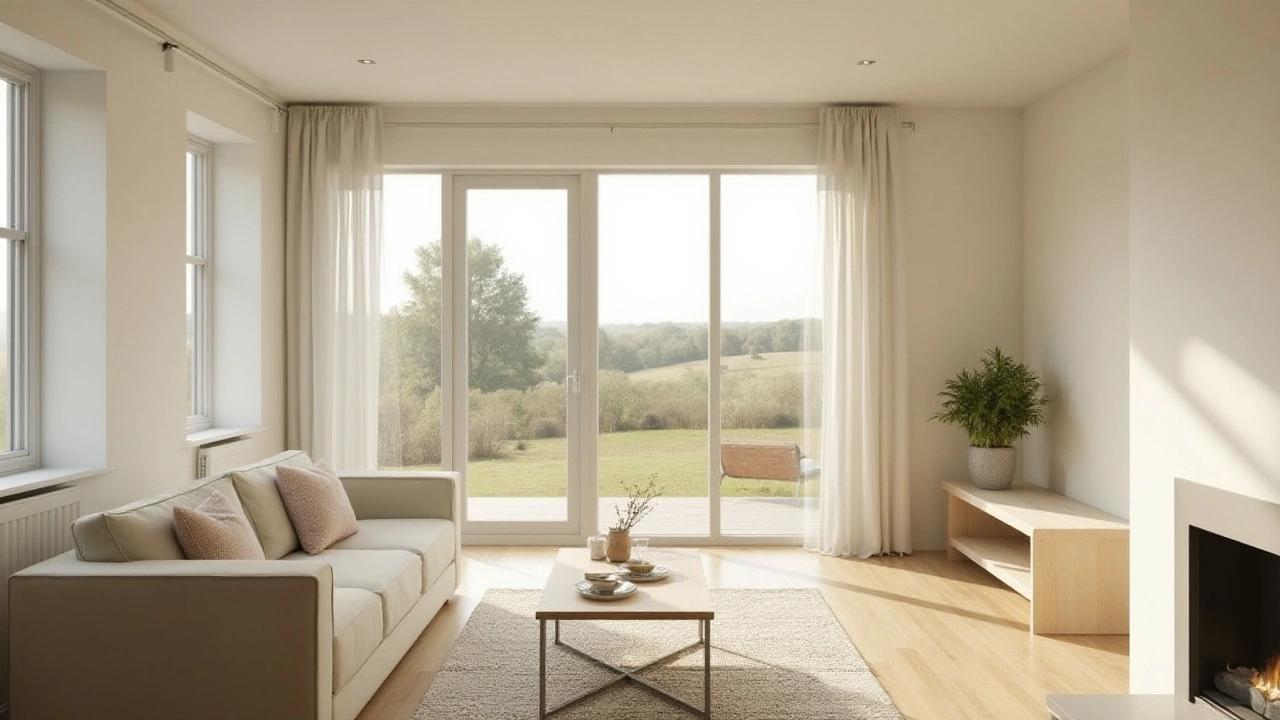Balance: What Makes a Building or Room Feel "Right"
Have you ever walked into a room or past a building and felt it was perfectly composed — without knowing why? That feeling often comes from balance. Balance in art and architecture is about how weight, form, and space work together so things feel stable and intentional.
Balance isn’t just symmetry. It’s how columns, windows, furniture, color, and empty space talk to each other. Architects use it to direct your eye. Engineers use it to keep structures standing. Designers use it to make a living room feel calm or dramatic.
Types of balance you’ll see
Symmetry is the easiest to spot: matching parts on either side of a center line. Think Greek Revival columns, Georgian facades, or a Neoclassical entrance. Symmetry feels formal and stable.
Asymmetry uses different elements to achieve a visual balance without mirroring. A tall tree countered by a low spread of bushes, or a single bold artwork balanced by subtle furniture, are common tricks. Modern styles, postmodern playfulness, and many expressionist works rely on thoughtful asymmetry.
Radial balance centers around a point — domes, circular plazas, and some Baroque interiors use this to make you focus inward. Then there’s structural balance: arches, vaults, and flying buttresses shift loads so a building stays upright. Ancient Romans and Gothic builders solved balance both visually and physically — the Colosseum and many cathedrals are good examples.
Practical tips you can use today
If you’re arranging a room, start with a focal point (a fireplace, window, or sofa). Anchor it with something of similar visual weight on the opposite side — not a mirror image, but something that balances. Use color and texture to shift perceived weight: dark or patterned pieces feel heavier than light or plain ones.
Try the odd-number rule for groupings: three items often feel more balanced than two. Match scale: a tiny coffee table won’t balance a large sofa. Leave breathing room; negative space is a tool, not a mistake. For exteriors, keep proportions consistent — tall columns need wider bases or steps to feel secure.
For designers and renovators, pay attention to load paths and foundation. Balance isn’t only visual — move windows or cut openings only after checking how loads will transfer. When restoring historic styles like Beaux-Arts or Renaissance, keep original proportions and ornament distribution; small shifts change the whole feeling.
Finally, use deliberate imbalance when you want drama. Baroque and some postmodern works lean into tension on purpose. If you try that, make the imbalance an intentional part of the composition so it reads as design, not a mistake.
Balance is part art, part engineering, and mostly choices. Look for how elements share weight, how space is divided, and how materials carry your eye. Once you notice these moves, you’ll spot them everywhere — and you’ll be able to use them to make spaces that truly feel right.

Discovering Balance through Minimalism: An Insightful Guide
In a world full of noise and clutter, finding peace can be challenging. Minimalism offers a path to balance by focusing on simplicity and intentional living. This article explores how adopting a minimalist lifestyle can help reduce stress, free your mind, and provide a clearer perspective on what truly matters. Learn how to declutter both your surroundings and your thoughts, and start embracing a life of purpose.
Read more